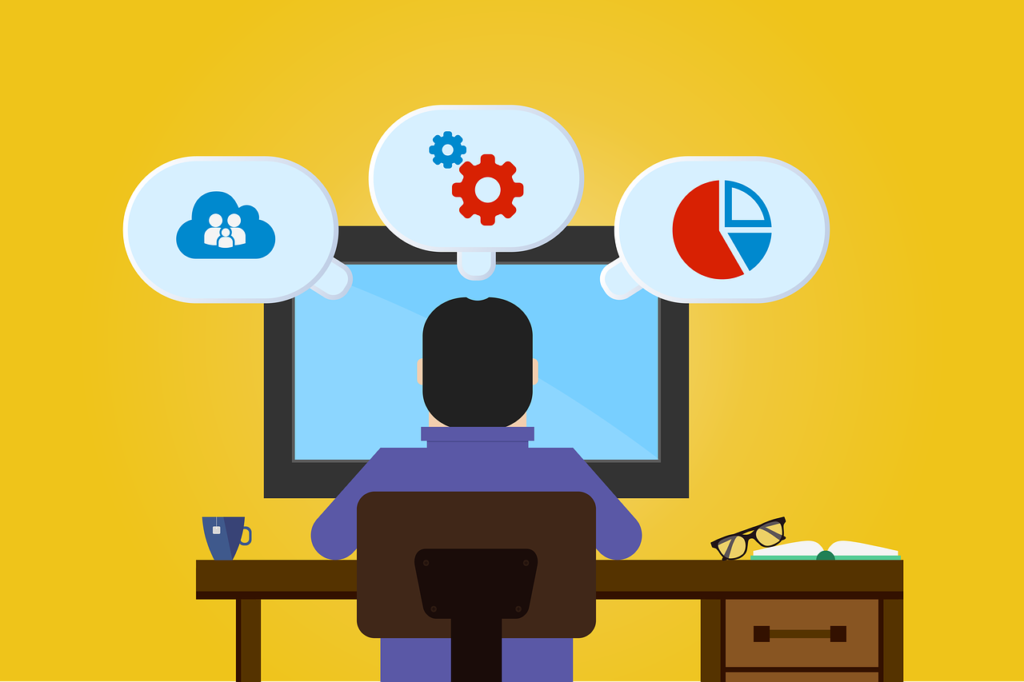We live in an ever-more litigious society. Regardless of what you do for a living, the chances are that if you put a foot wrong, someone’s going to try to sue you for it. It’s only really a matter of degree of culpability and how unprotected people might be from vexatious litigation.
At opposite ends of the scale, you might consider the responsibilities of a domestic refuse collector operative on minimum wage and a consultant heart surgeon.
People tend to get paid more with more responsibility; the operative not emptying your bin isn’t going to be the end of the world, so if he makes a mistake, he’ll probably get a verbal ticking-off by his boss and that will be that.
But the heart surgeon could easily kill someone with one wrong move, and if he does so, the chances are that his practice will be sued for millions due to his negligence.
Where everyone sits on this continuum of culpability depends on whether they’re employees or contractors; but, in short, everyone is responsible for their mistakes. Making errors when you’re dealing with people’s financial products, say banking, can be costly for everyone concerned.

That’s why it’s important that everyone in, for example, a financial institution, understands the changes required in their workflow when new software is installed, or even existing software is updated. In order to keep employees up to speed, the best technology available is a Digital Adoption Platform (DAP).
The statistics on costs of not training employees properly and the legal consequences of doing so are almost terrifying. According to a 2018 study by the US bureau of labor, managers, on average across the US workforce generally, were only offered a pathetic six minutes of training every six months! That’s a recipe for disaster if ever there was one.
So how do we keep employees up to speed to avoid costly mistakes? Using a DAP effectively allows your employees to ‘learn-on-the-fly’ because it offers a secondary training layer of software that sits alongside the primary package and corrects user mistakes before they can even happen.
It achieves this by using Artificial Intelligence, hyper-personalizing its interventions dependent upon the ability and techniques of the trainee operative. DAPs can even work on cross-platform systems and network emulators, they are not dependent upon being installed on a hard drive – they can also function via APIs integrating with corporate SaaS platforms in the cloud.
Imagine that a new employee on day one at work starts to use a new software package. They’re likely to be making mistakes at almost every screen. The DAP will understand this quickly and offer visual tooltips and hints at every point when the rookie makes an error or may be about to do so.
But after a few days, the likelihood is that the trainee will improve in the early stages and make fewer mistakes. In that case the AI will understand that the person has mastered the early stages of the software and will only offer visual tips at subsequent intervals where the trainee is still unsure.
It’s like having a friendly experienced colleague sitting at your desk, only intervening when they’re needed. The importance of ensuring that things are done properly on computers, with data entry for example, can have far-reaching consequences on people’s lives.
AI is now responsible for credit scoring when making decisions on loans and mortgage products for retail banking. Making mistakes when inputting applications is something that could be both expensive in terms of opportunity cost for the lender and deep disappointment for the borrower.

Having a DAP working properly at a contact center could easily solve these worrying issues. Another advantage of DAPs is that they obviate the need for discrete training sessions, where employees have to be taken away from their regular duties for however long to attend dedicated classroom training sessions.
Many HR and IT managers complain that such strategies are highly inefficient and costly for several reasons – chiefly because people forget what they have been taught very quickly and also software training in a mixed-ability classroom session must be, by definition, not personalized and too generalized.
As we have seen above, the way that a DAP shapes training specifically for the one person sitting in front of it addresses both these significant problems at a stroke, because that employee is still working and producing output at exactly the same time as their training is ongoing.
Trainees also remember what they have been taught, because the consequence of correcting an erroneous keystroke on-the-fly is immediate; the human brain picks up on cause and effect much faster than discussing mere theory in a classroom.
In summary, remote or on-premise visual assistance when training employees is undeniably the most efficient method for retention and application of the learning outcomes of any training session. There’s a poetic quote in this context that should not be forgotten, by the genius Russian playwright and author Anton Chekhov:
“Don’t tell me the moon is shining; show me the glint of light on broken glass…”
Ella Marcotte
Latest posts by Ella Marcotte (see all)
- UA vs GA4: The 4 Big Differences You Need To Know - April 8, 2024
- Understanding The Role Of Control Valves In Industrial Automation - April 8, 2024
- How Automation Can Boost Your Business Outcomes - April 4, 2024




